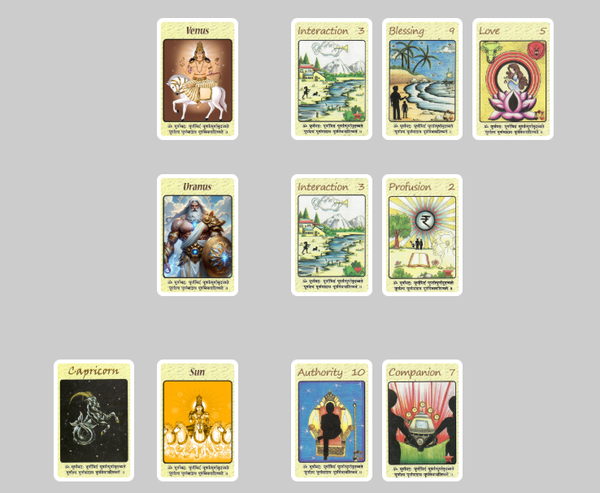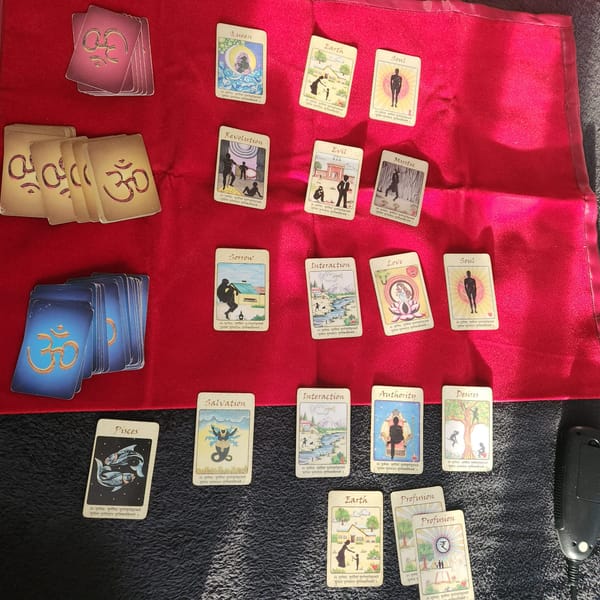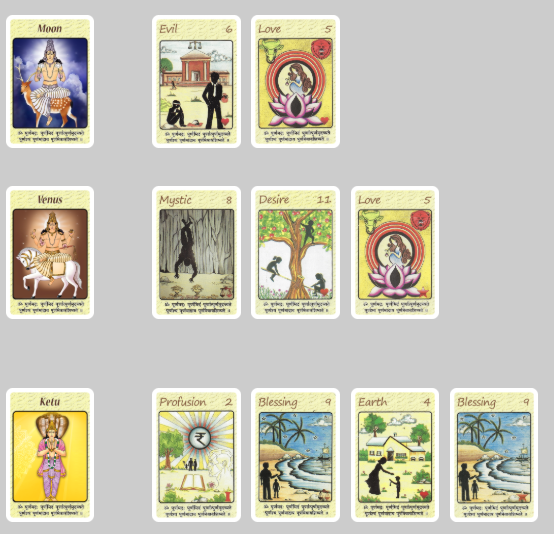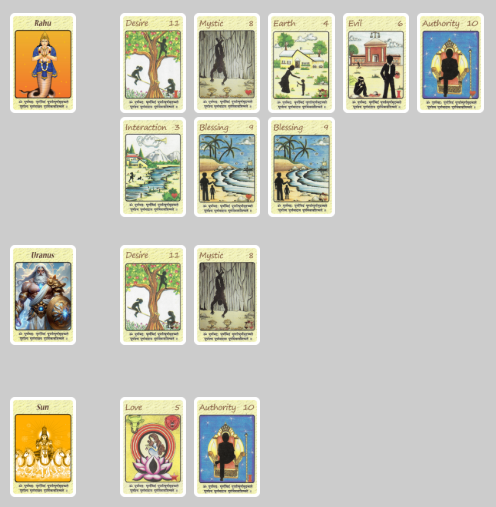The Story of Shiva Purana: The Divine Glory of Lord Shiva
The Shiva Purana, a sacred Hindu scripture, narrates the divine stories of Lord Shiva—the Supreme Destroyer and Transformer. #Shiva #Purana #LordShiva #HinduMythology #SacredTradition #SpiritualStrength #DivineWisdom #OccultSanctum
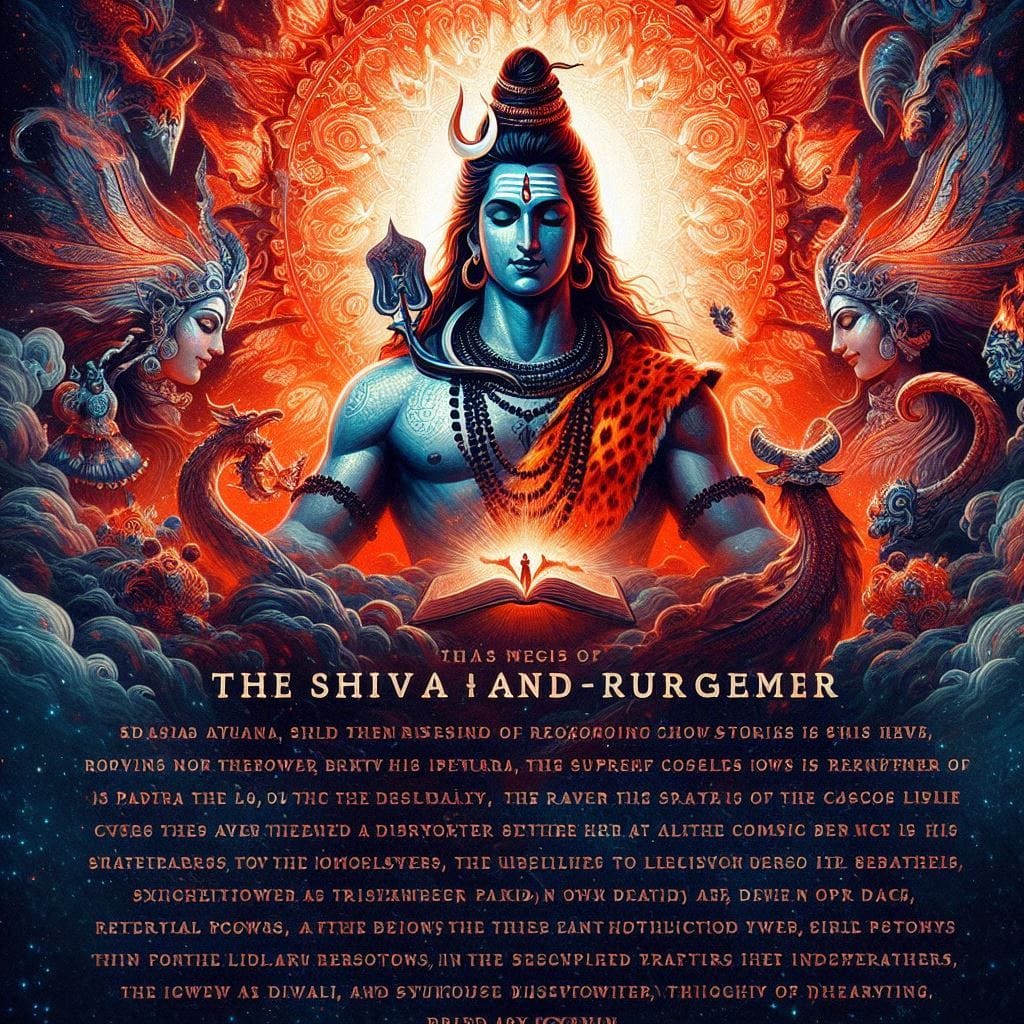
The Shiva Purana is one of the most sacred texts in Hinduism, dedicated to Lord Shiva, the Supreme Destroyer and Transformer. It contains divine stories of Shiva’s creation, cosmic powers, battles, marriages, and teachings. Through these stories, devotees learn about the power of devotion (bhakti), righteousness (dharma), and the mysteries of the universe.
Among the many tales in the Shiva Purana, the most famous include:
- The Birth of Shiva as Rudra
- The Marriage of Shiva and Parvati
- The Story of Daksha’s Yajna and Sati’s Sacrifice
- The Legend of the Jyotirlingas
- Shiva’s Battle with the Demons
These stories illustrate Shiva’s infinite compassion, justice, and power, making him the ultimate divine protector.
Birth of Shiva as Rudra
At the beginning of creation, Lord Brahma created the universe but found it lifeless. The world needed a force of destruction and regeneration.
Meditating deeply, Brahma saw a fiery being emerge from his forehead—it was Rudra (Shiva), the fierce aspect of the divine.
Shiva’s first words were:
"Who am I? What is my purpose?"
Brahma replied:
"You are the eternal force of destruction and transformation, without whom creation cannot continue."
Thus, Shiva became the third aspect of the Holy Trinity (Trimurti), alongside Brahma (Creator) and Vishnu (Preserver).
Marriage of Shiva and Parvati
After Sati’s tragic sacrifice (see below), she was reborn as Parvati, the daughter of King Himavan. From childhood, she worshiped Lord Shiva with deep devotion, determined to win his heart.
Seeing her unwavering faith, Shiva tested her with severe challenges, but Parvati remained steadfast.
Moved by her devotion, Shiva accepted her as his divine consort, and they married in a grand celestial wedding, uniting Shakti (energy) and Shiva (consciousness).
Their divine union symbolizes balance, love, and the eternal bond between the soul and the divine.
Story of Daksha’s Yajna and Sati’s Sacrifice
Sati, the first wife of Shiva and daughter of King Daksha, was deeply devoted to Shiva. However, Daksha disliked Shiva, considering him an ascetic unfit for his daughter.
To insult Shiva, Daksha organized a grand yajna (sacrifice) but did not invite Shiva.
Despite Shiva’s warnings, Sati attended the yajna, only to be humiliated by her father. Unable to bear the insult to her beloved husband, Sati immolated herself in the sacrificial fire.
When Shiva learned of her fate, his rage shook the universe. In grief, he created Virabhadra, a fierce warrior, who destroyed Daksha’s yajna and beheaded him.
This story teaches that ego and arrogance lead to downfall, while true devotion is eternal.
Later, Sati was reborn as Parvati, and Shiva welcomed her back into his life.
The Legend of the Jyotirlingas
Once, Brahma and Vishnu argued over who was supreme. To settle the dispute, Shiva appeared as an infinite pillar of light (Jyotirlinga), stretching beyond the heavens and earth.
Brahma tried to find the top, while Vishnu searched for the bottom—but both failed. Realizing Shiva’s limitless power, they surrendered to him.
Shiva then manifested 12 Jyotirlingas (sacred energy centers) across India, including Kashi Vishwanath, Somnath, and Kedarnath, to bless devotees forever.
This story teaches that Shiva is beyond time, space, and human understanding.
Shiva’s Battle with the Demons
When demons like Andhakasura and Tripurasura terrorized the universe, the gods turned to Shiva for help.
- Andhakasura, a demon blinded by greed, sought to rule the heavens. Shiva, in his fierce Rudra form, pierced him with his trident (Trishul), teaching that darkness (ignorance) is destroyed by divine wisdom.
- Tripurasura, three mighty demon brothers, built flying fortresses that could not be destroyed by anyone but Shiva. With a single arrow, Shiva reduced them to ashes, restoring peace.
These battles symbolize the triumph of righteousness over evil.
The Spiritual Significance of Shiva Purana
The stories in the Shiva Purana teach us:
- Devotion (bhakti) leads to liberation (moksha).
- Shiva represents both destruction and rebirth, reminding us that change is necessary.
- Shakti (Parvati) and Shiva’s union symbolizes balance between energy and consciousness.
- Ego and arrogance lead to downfall, but surrendering to Shiva brings wisdom and peace.
Even today, millions of devotees worship Shiva, chant the Mahamrityunjaya Mantra, and visit Jyotirlingas to seek his blessings.
Conclusion: The Eternal Grace of Lord Shiva
The Shiva Purana is not just mythology—it is a guide to understanding the universe, life, and the soul’s journey. It reminds us that Shiva, the destroyer of illusions and protector of dharma, is always present to guide his devotees.
